There are two measures of inflation in India namely the Consumer Price Index (CPI) and the Wholesale Price Index (WPI). The Consumer Price Index estimates the cost at the buyer level and the Wholesale Price Index estimates costs at the wholesale level. The number and types of items that are included for the CPI and WPI basket vary and so do the weights given to these items.
Reasons for such divergence
- The pandemic of Covid-19 has exposed the continuous disconnect among the retail and wholesale prices of farm items, particularly the perishables. For example, vegetables and fruits prices fluctuated a lot. In spite of the fact that the supply disturbances have extensively eased after the nation entered the unlocking stage, yet the costs of certain vegetables didn’t decline significantly for the customer.
- The wholesale inflation of India fell down to 3.21% in May 2020 even as the government of India said that it is because of the restricted data that is available for April 2020.
- Inflation in April and May 2020 was (-) 1.57 percent, and (-) 3.21 percent respectively and in March 2020 inflation was 0.42 percent.
- Prices in the wholesale market of India fell by 1.81 percent in June 2020 even though the prices of food articles remained costly.
- In the power and fuel basket, inflation remained at (-) 13.60 percent in June 2020, against 19.83 percent for the month of May 2020.
- The disparity between the food inflation at the retail and the wholesale level limited significantly while remaining substantial in June 2020, highlighting the continued varied dynamics driving the food prices as the country rises up out from the lockdown.
- It is, however, very difficult to say as to when the supply chains will be restored completely, how long will it take for the conditions to normalize and what kind of impact will the pandemic leave on our potential economic development.
Has this happened before?
- Between the years 2012 to 2015, there was a growing divergence between wholesale and retail inflation indices. The wholesale inflation by October 2015 was negative — that is the actual costs were declining, while the retail inflation was more than 7 percent.
- Severe food inflation was a contributor and the spike in services such as medical facilities and education was the major reason for this divergence in the year 2015.
Impact on Policymaking
- In its recent bi-monthly meeting the RBI Monetary Policy Committee (MPC) had kept the key interest rates unaltered while keeping up an “accommodative position”.
- To boost up the monetary activity in the nation, the Reserve Bank of India has cut down interest rates by 250 basis points since February 2019.
- The Reserve Bank of India considers retail inflation while formulating the monetary policy. The monetary policy framework of the Reserve Bank of India focuses to keep inflation at 4 percent (+/-2 percent).
- Retail inflation as estimated by the Consumer Price Index (CPI) increased to 6.09 percent in June 2020, which is higher than the Reserve Bank of India’s resilience level.
- Shaktikanta Das, the Governor of RBI said that “the Indian economy is showing the signs of recovery because of the staggered easing of restrictions”.


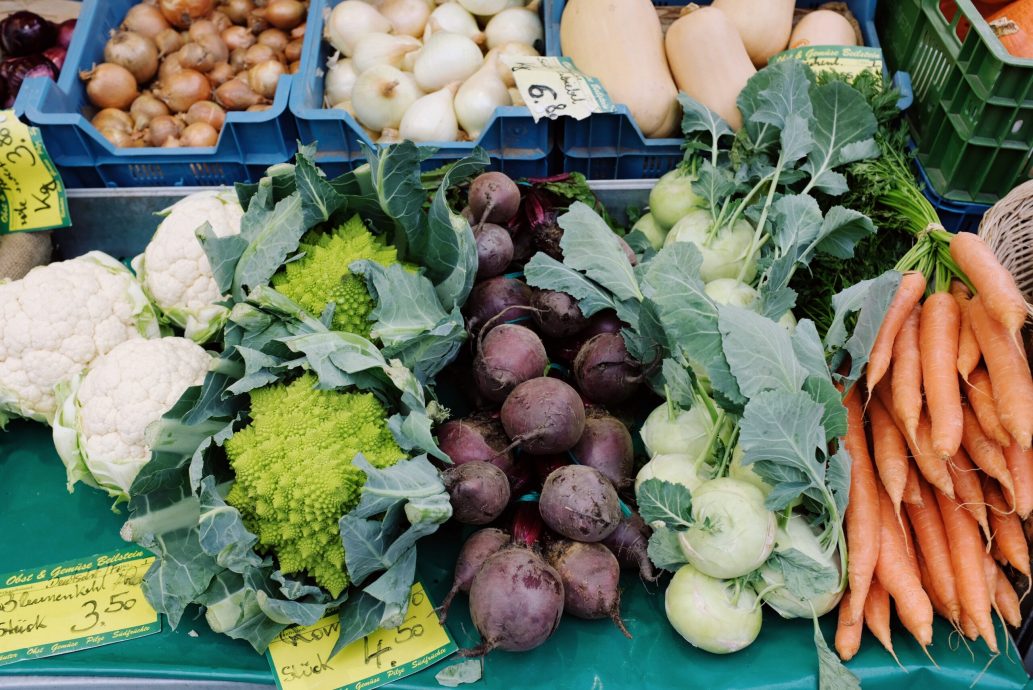
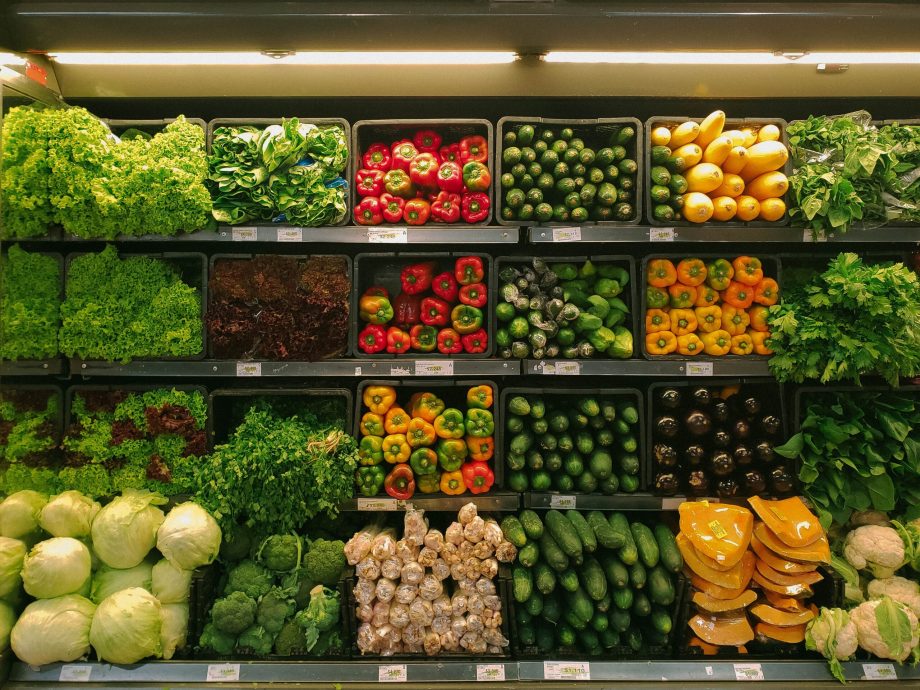
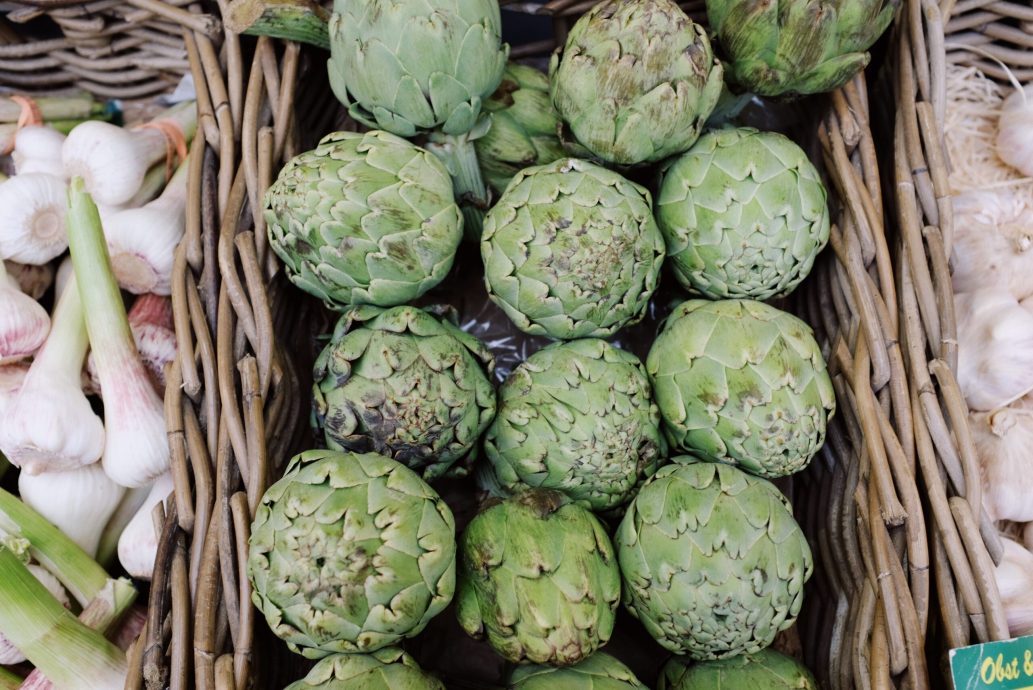
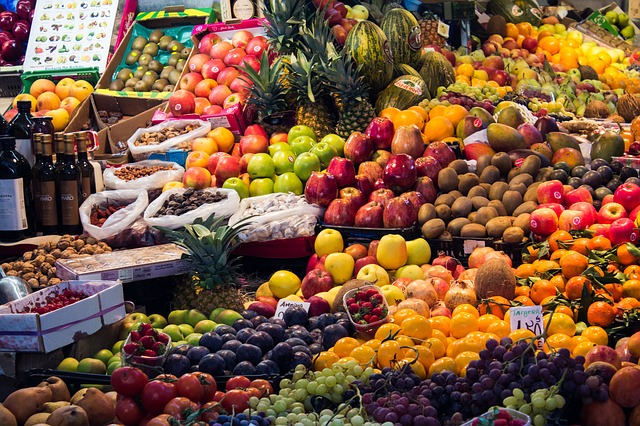
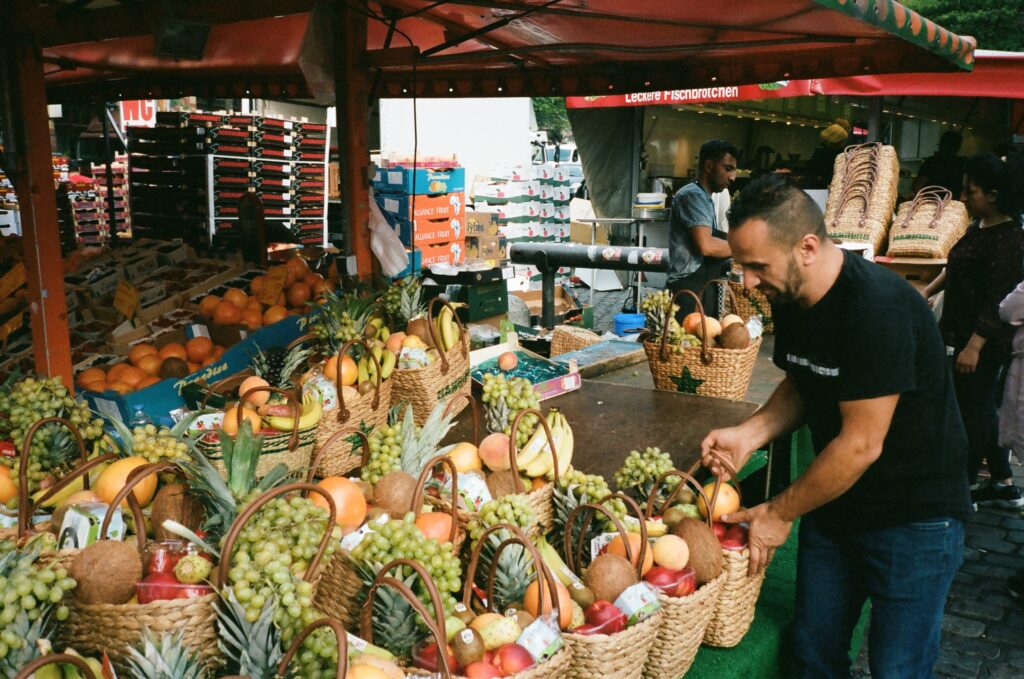
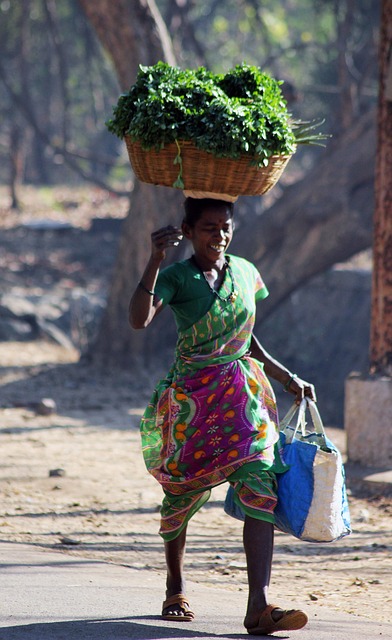

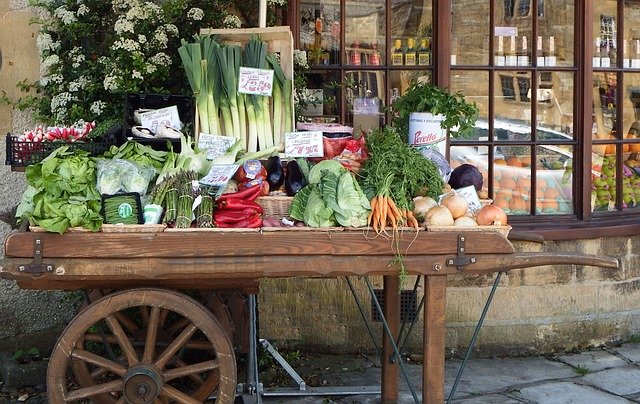








Hi there very nice blog!! Guy .. Beautiful .. Amazing .. I will bookmark your web site and take the feeds also I am satisfied to find a lot of useful info right here. Thanks for sharing. . . . . .
Thank you
I stumbled upon this website and I’ve found it positively helpful and it has aided me out loads. I am hoping to give a contribution. Good job.
Thank you